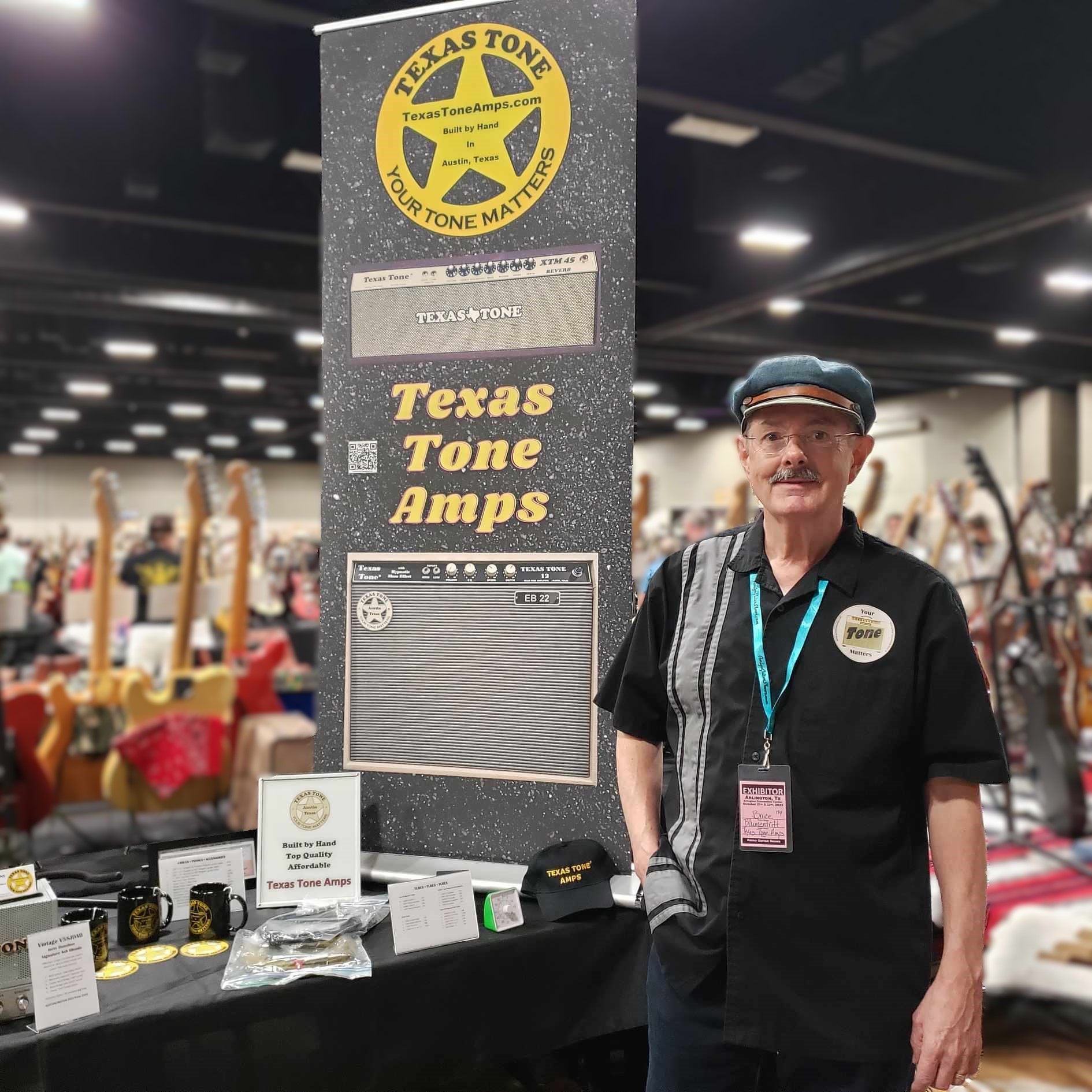We caught up with the brilliant and insightful Bruce Blumentritt a few weeks ago and have shared our conversation below.
Bruce, thanks for taking the time to share your stories with us today We’d love to have you retell us the story behind how you came up with the idea for your business, I think our audience would really enjoy hearing the backstory.
As a gigging guitarist, finding the right amp was always a challenge. Once I settled on the right guitar for me, I went through a variety of amps trying to find ‘the one’, wanting to find my sound, my tone. Although I had some good amps, they always left me a bit dissatisfied. They might do one thing well but be lacking in other areas. It did, however, give me an insight into what they can do, and as a technician and trained troubleshooter, and having already built my own computers, rebuilt car engines and suspensions and carburetors and the like, I decided to build my own amp. Working for an RCA distributor gave me an education on amplifier parts and components. RCA tubes are still considered the gold standard, even though they’ve been out of production for decades.
After doing months of research and reading and parts sourcing, I built my own amp and called it the Texas Tone 12. I lent it to a local Austin hot-shot guitarist, and he loved it and gave me great insight and a glowing review. One thing led to another, and I built a second Texas Tone 12 and several other amps and took them to the “world’s finest consumer guitar event,” the Amigo Guitar Show in Texas as an exhibitor. My first paying customer called it “the best amp choice I ever made,” and got rid of his major brand British amp.
Great and famous guitarists are known for their sound – you can often recognize them after just a few notes. Leo Fender considered the guitar and amp to be one, and I agree. As a guitar player, you want to be known, identified. You, your guitar, and your amp, are one. My approach is to take inspiration from famous amps of the past, update them with modern electrical engineering science and solid construction practices, and present a unique tube guitar amplifier that allows you to capture the essence of ‘you’ and present it to the world. As one guitar expert commented, “Many times I’ll play amps, and you can’t tell one from the other. [Yours] are very distinctly different sounding amps. They made me play differently. I started approaching the instrument in a different way as I played each one.”
The feeling of accomplishment and satisfaction upon completing an amp, hearing it for the first time, and knowing that just the right guitarist will make it their own, is hard to describe. Building amps is a labor of love, and I do it with God as my boss.
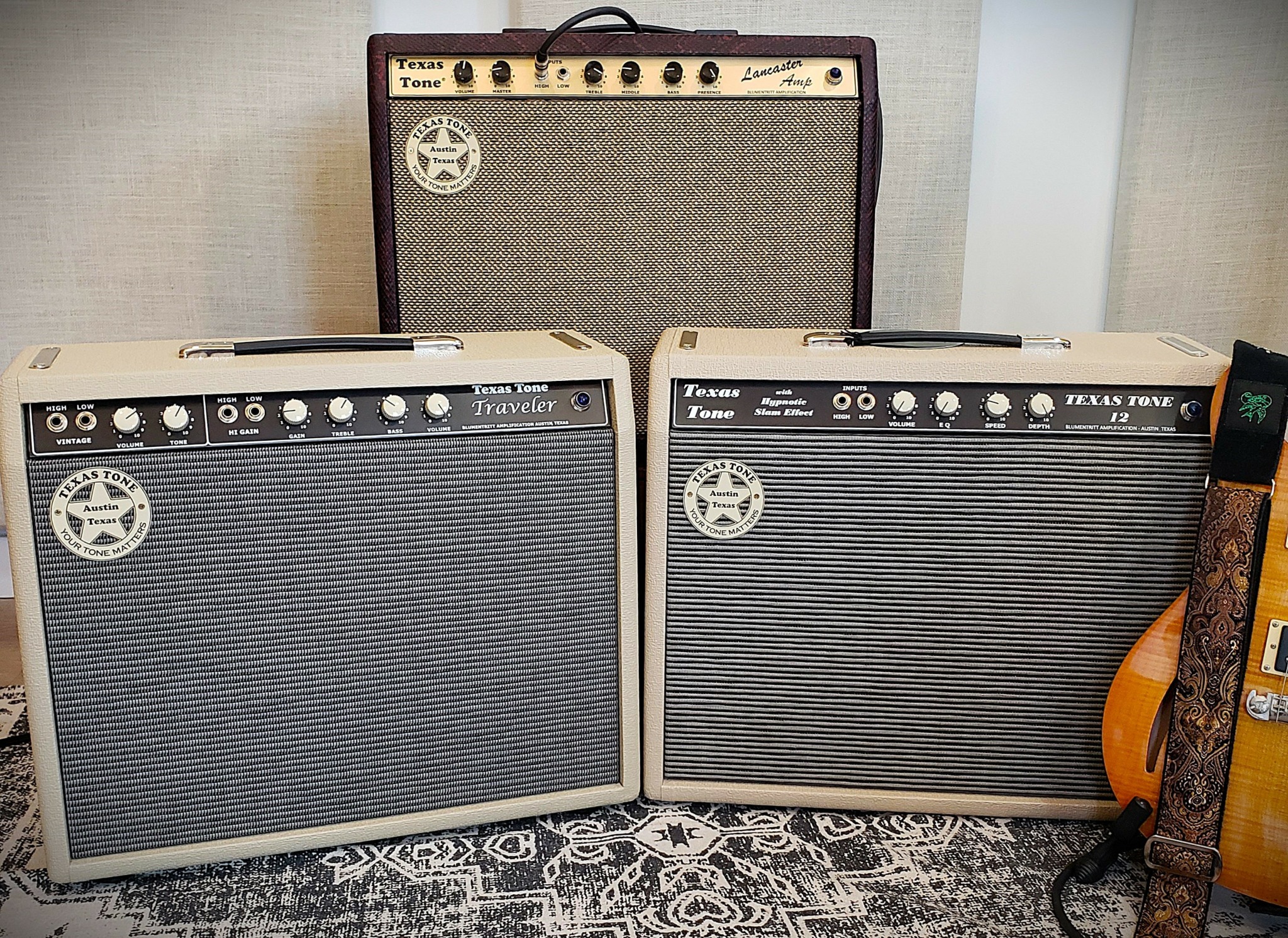
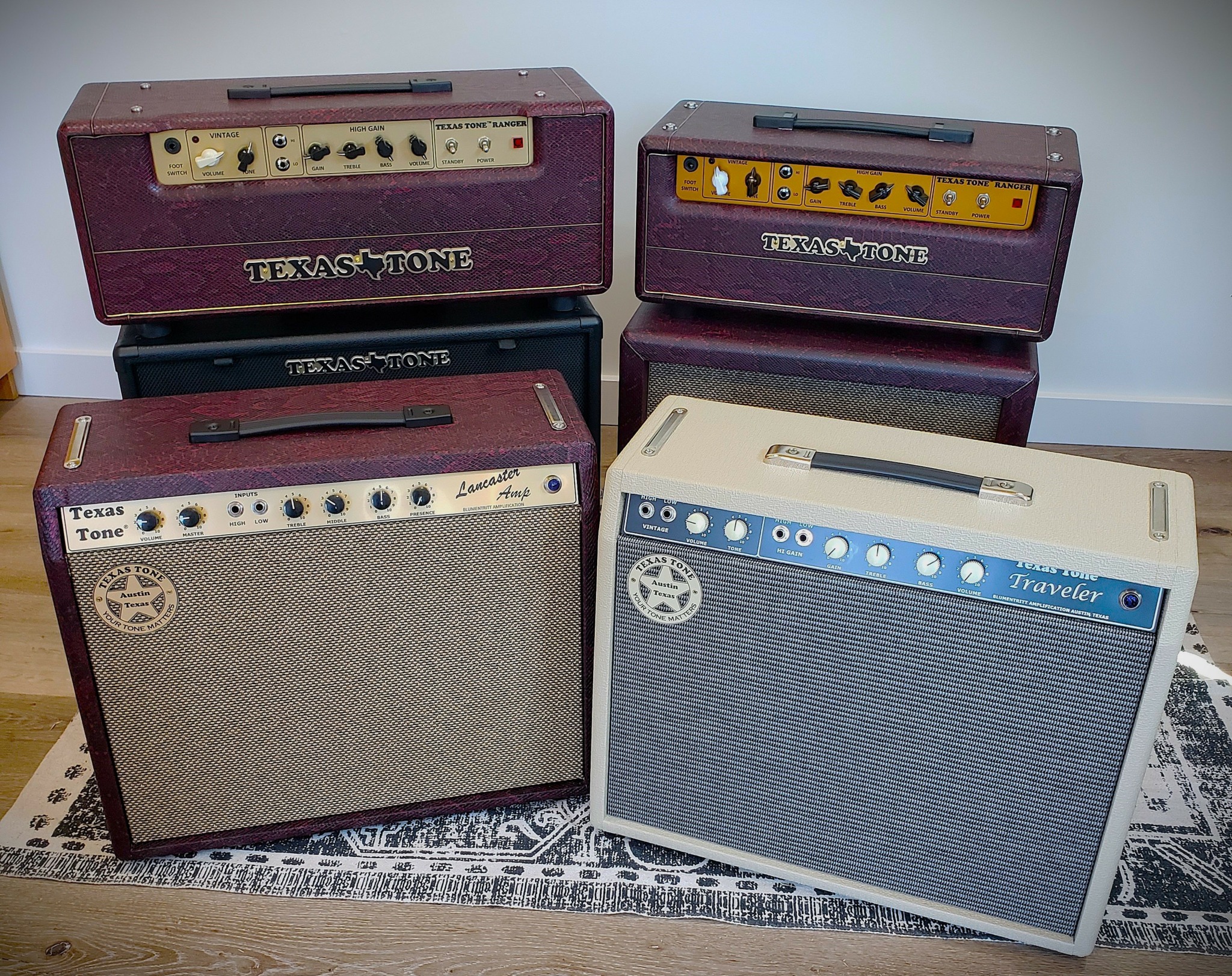
Bruce, before we move on to more of these sorts of questions, can you take some time to bring our readers up to speed on you and what you do?
I build distinctly different guitar tube amps. I have a few standard models and some custom one-offs. Taking inspiration from great amps of the past, I put a unique touch on old designs, keeping the essence while improving on what was lacking. Amps from the 1950s and 60s have poor grounding that cause noise, and bad engineering (“death caps”) that are not acceptable today. Some are One Trick Ponies. Unlike some other ’boutique amp’ builders, I don’t build clones or just build kits. I build amps that inspire guitarists to play better. When they play a Texas Tone amp, my hope is that they will hear something they haven’t heard before.
My first amp, the Texas Tone 12, was inspired by a re-build of a mid-1950s Gibson amp. Tremolo is a known thing (Fender erroneously calls in “Vibrato”) and has been around for decades. Working alongside my electrical engineer, I came up with a unique twist that has become known as the Hypnotic Slam Effect. It’s been called “mesmerizing” and “unlike anything I’ve heard before,” by pedal builders and guitar personalities.
As an experienced Quality Assurance manager (and a gigging guitarist who has had amps fail on stage!) I am deeply concerned with quality. As such, I source MIL-Spec, NASA-STD, and AEC standard parts, use as many USA-made components as possible, and avoid the cheap imported parts. We use turret boards soldered to NASA standards, designed for high vibration and temperature conditions. Some people have laughed at this, saying that they are not sending their amps into space, but guitar amplifiers are subject to rough handling, high vibration, and temperature extremes. Most tube amps with turret boards are built the way NASA says not to. You and I both want your tube amp to last a long time. I’m still using the original Texas Tone 12 after 13 years, and it’s sill original. My first sale is still out there gigging ten years later.
Each amp is handmade, one at a time. in my small Austin workshop, built with the guitarist in mind.
Since I was a young teen, I’ve been a tinkerer, and a Mister Fix-it. I modified my electric slot cars to make them faster and handle better. I rebuilt the engine on my first car, an old Ford, for fun. I rebuilt the carburetor on my old Plymouth on the dining table. I rebuilt the front suspension on my old Dodge. Working for 11 years for an RCA distributor taught me all about tubes, resistors, capacitors, and other components of tube amps. The troubleshooting principles that I learned in High school Auto Mechanics classes are still part of me which I took to a career in computer engineering and use these same principles in tube amp design and testing.
The name Texas Tone® came from the first amp. The tremolo set it apart, and the natural tube touch-sensitivity plays beautifully, inspiring the name, which is now trademarked.
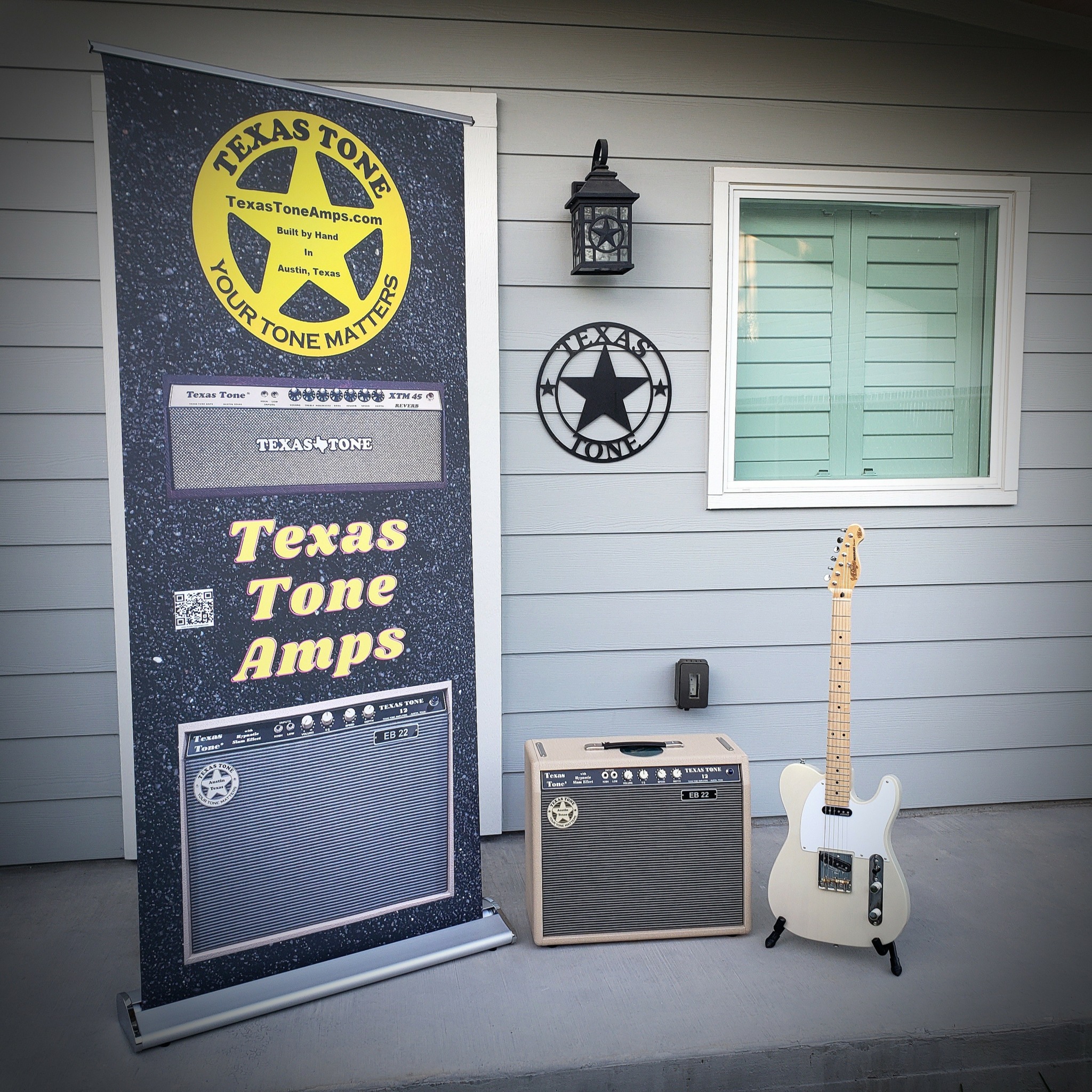
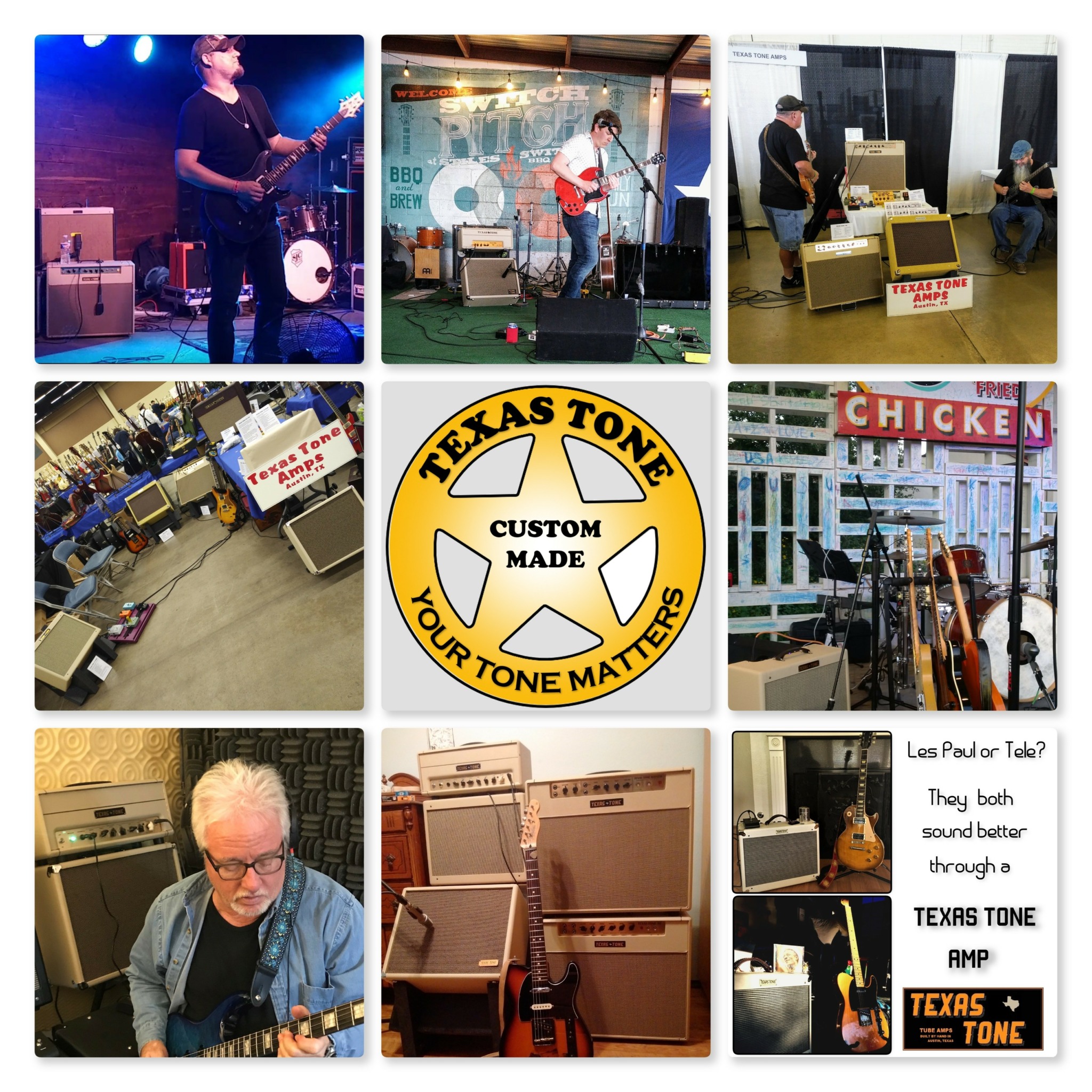
We’d love to hear a story of resilience from your journey.
The shutdown of a few years ago was a big challenge. People tend to buy guitars and amps because they saw someone play one, or because ‘someone said so’, especially on the Internet. My personal favorite is when someone asks, “Which guitar/amp should I buy?” and they get a hundred different answers with no one asking about their skill level, musical styles, and what they want to sound like. It’s like asking what kind of car you should buy and getting dozens of answers from people who have no idea what you want in a car or what your budget is.
People want to hear my amps before they buy. My primary marketing has been guitar shows where people can see, hear, and play Texas Tone amps. The shutdown meant that there were no amp shows that year. Live music venues also suffered for the same reason. We marketed using video amp demos and social media ads to keep awareness up. As one of my advisors told me, “You’re playing a long game,” meaning that the goal is not necessarily a sale today, but awareness and brand recognition. You may not have heard of Texas Tone, but if you look it up, you’ll see good things.
As a result, many of our sales are now build to order rather than buying an amp off the floor, and 2024 has been a good year.
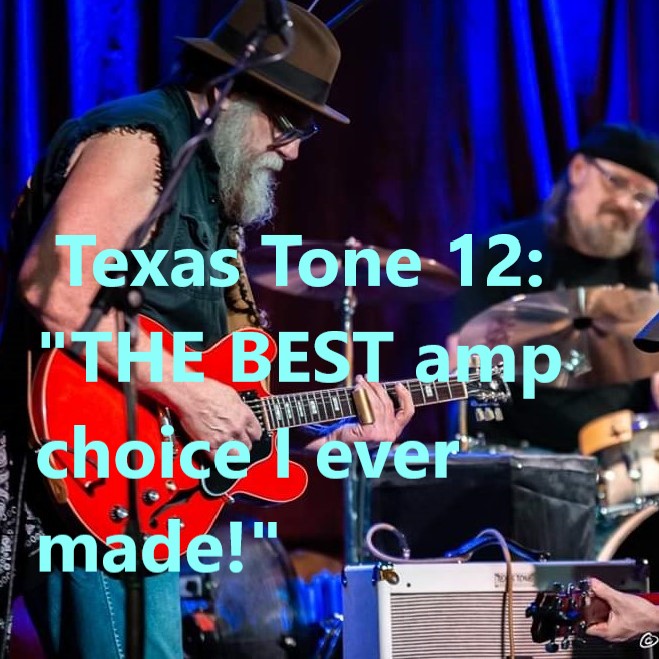
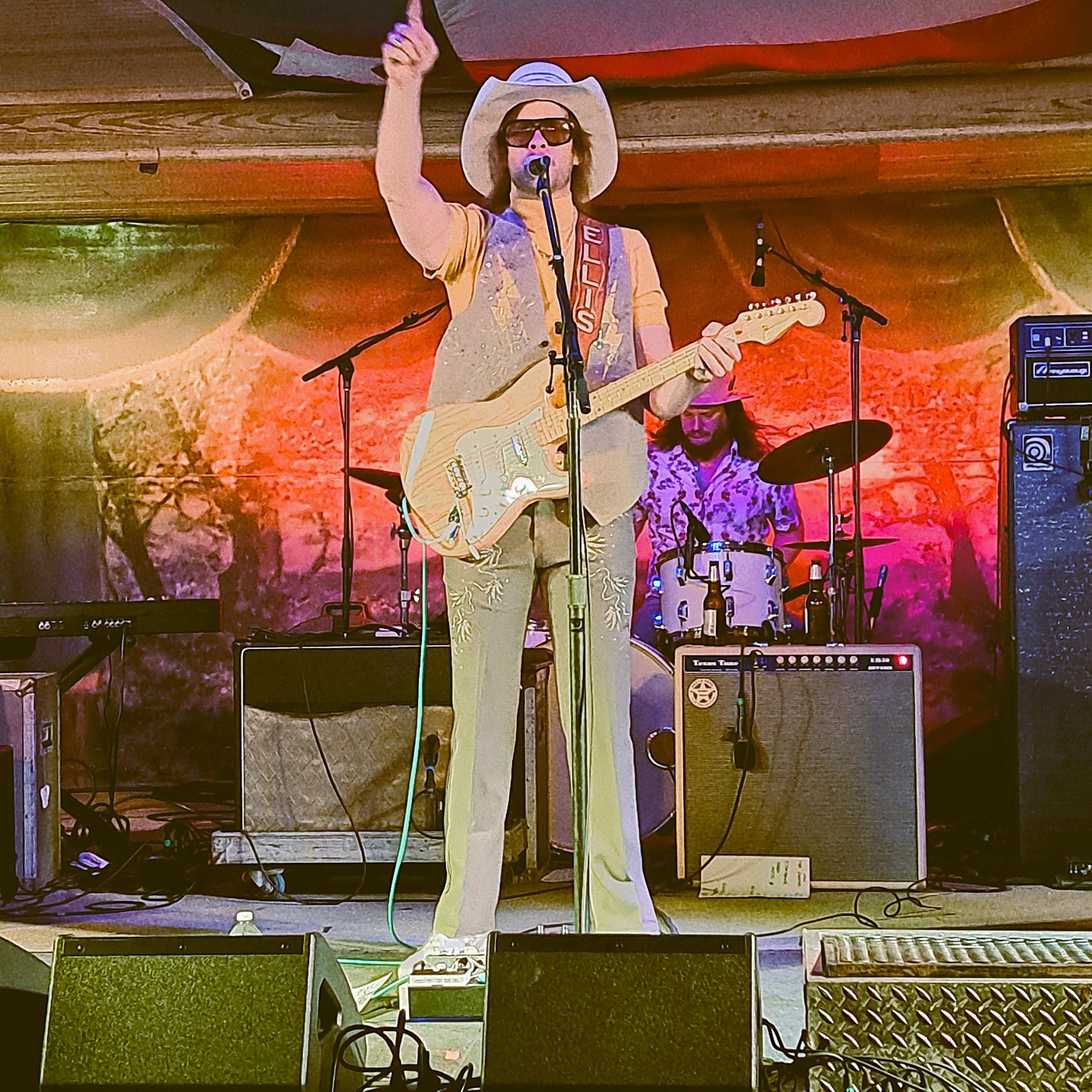
Can you talk to us about manufacturing? How’d you figure it all out? We’d love to hear the story.
I build all the amps myself. Before, I had only done field repair, such as the time I was at a gig and the power switch on my famous-name amp just flopped around uselessly. I carry basic tools in my RCA tackle box, and so I whipped out my screwdriver, pulled the chassis, bypassed the broken switch so that I soon as I plugged it in, it was on. That got me through the gig, and I repaired the amp properly once I got a new switch.
My first amp build came from a desire to have an amp that was dynamic and touch responsive to my playing. No amp I had played in the past- and I had played dozens- fit that bill. I studied. Beware, much of what you read on the Internet is not necessarily factual! I looked at amp building websites, and studied rebuilds, and found just the right design book: Design and Construction of Tube Guitar Amplifiers by Robert C. Megantz and Annabeth Albert. I started by looking at a rebuild project and taking my first design queues from that. Having spent 20 years in the electronics business taught me about both part quality and customer service (I originally learned that working for my grandfather in his shop when I was 14). Being a hobbyist, I already knew how to solder and had the equipment. So, I drew a schematic, sourced the parts, and built my first guitar amp.
When I first played it, the amp was on the dining table, and I had a camera set up to record it. After a few notes and chords, my wife called out from the other room, “That sounds really good!” That’s when I knew it was right, as she’s a musician and very picky!
Next, I lent the amp to a friend who was a much better guitarist that I, and he graciously did a live show with it after his initial test. His sound on stage was excellent, and he raved about both the tone and the [Hypnotic Slam Effect] tremolo. It was his comment, “How much?” that got me thinking I could actually build these and sell them. Another friend, a senior User Experience researcher, gave me tips on brand building. Our amps are also visually striking and not just another black box in the amp backline.
There are a number of boutique amp shops out there. Some are just guys who build amp kits. The hidden secret of the boutique amp business is that many of them are actually factory made. There’s a shop in California and one in North Carolina that build “boutique amps” for many different name brands. A buyer may think they’re buying an amp built by the person whose name is on the amp, but in fact the amp is built by a job shop that builds amps for many different name brands. I don’t do that. I build every Texas Tone amp.
I design them, I build them, I sell them. A few years ago, we built a new building to house the Texas Tone Amps workshop, and we moved out of the spare bedroom and into a new custom-built workspace.
Family and friends are involved in design, marketing, photography, quality control, etc. If I get to the point where I’m no longer capable of meeting the demand, I will have to look at hiring or outsourcing. One thing I will not do is send my schematics overseas and have them mass-produced. That is not my thing. Texas Tone is a specialty brand, and I intend to keep it that way.
Contact Info:
- Website: https://www.texastoneamps.com
- Instagram: https://www.instagram.com/texastoneamps/
- Facebook: https://www.facebook.com/TexasToneAmps/
- Linkedin: https://www.linkedin.com/company/texas-tone-amps/
- Youtube: https://www.youtube.com/@texastoneamps/
- Other: https://bgmb55.wordpress.com/
http://www.austintubeamps.com/
http://www.yourtonematters.com/
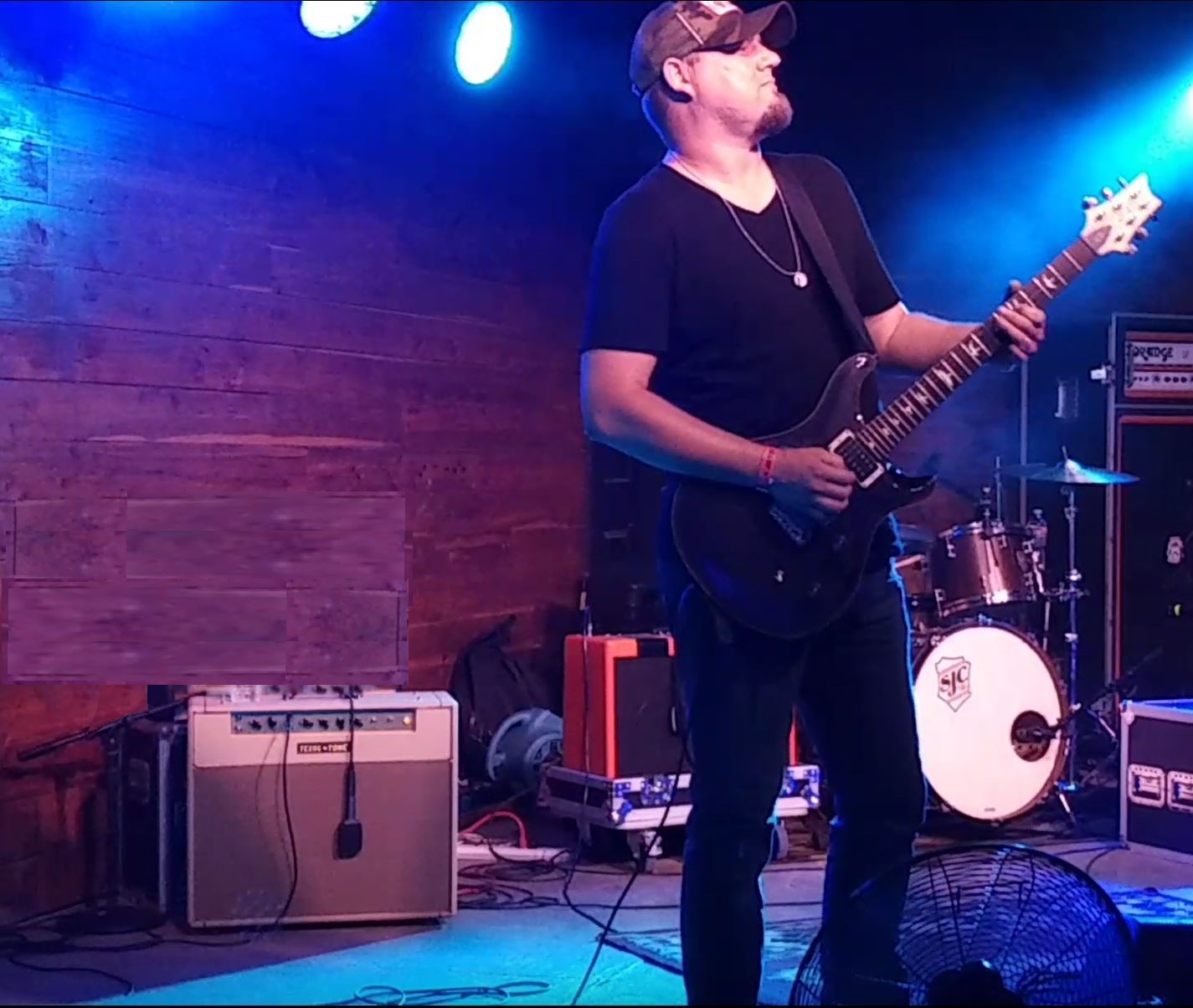
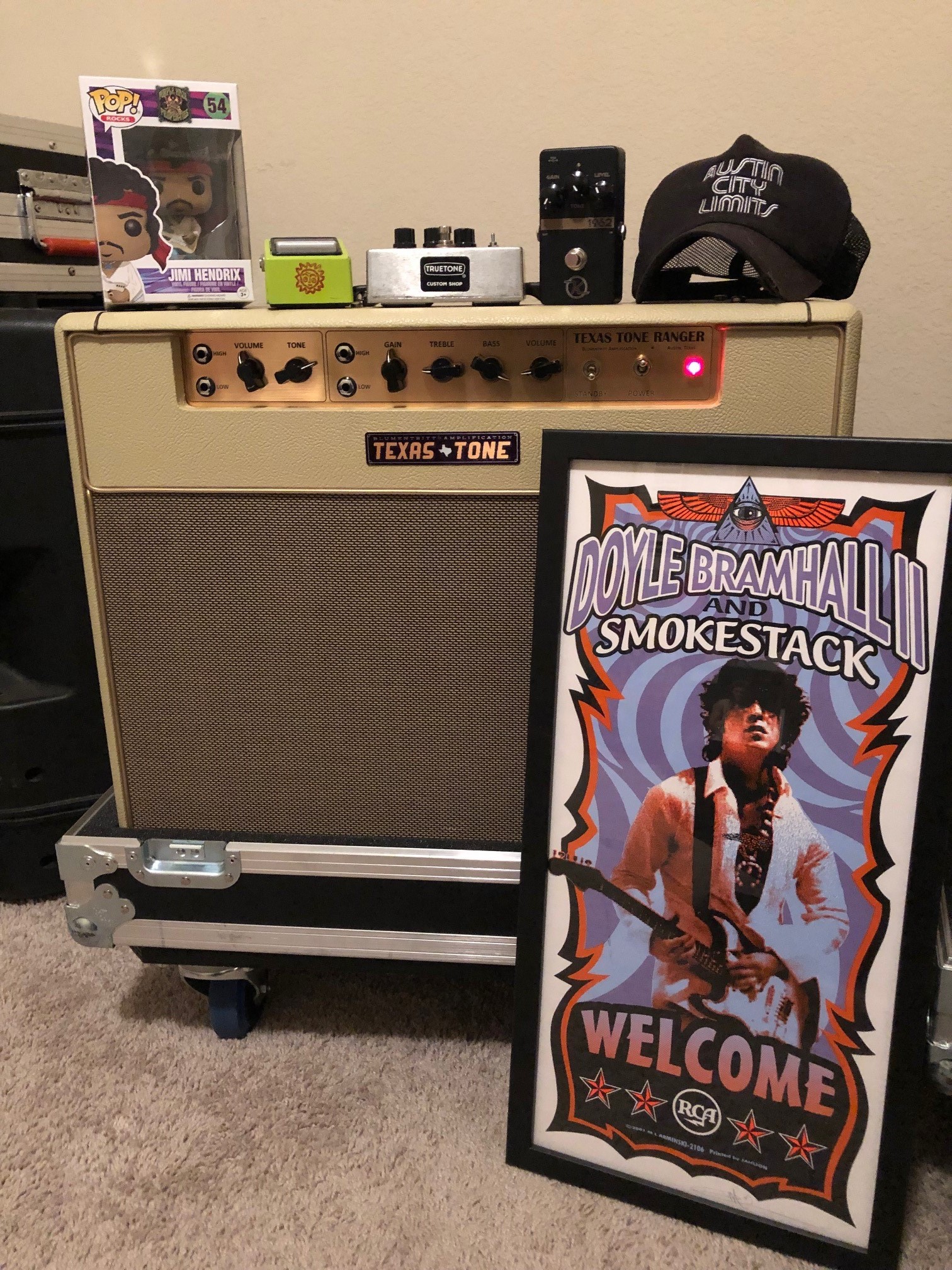
Image Credits
Original photos:
“Texas Tone 12: THE BEST amp choice I ever made” – ©2019 KTYarbrough Photography.
Texas Tone Ranger with Doyle Bramhall poster – Chris Keathley, Georgetown, Texas
All other photos by Texas Tone Amps.


